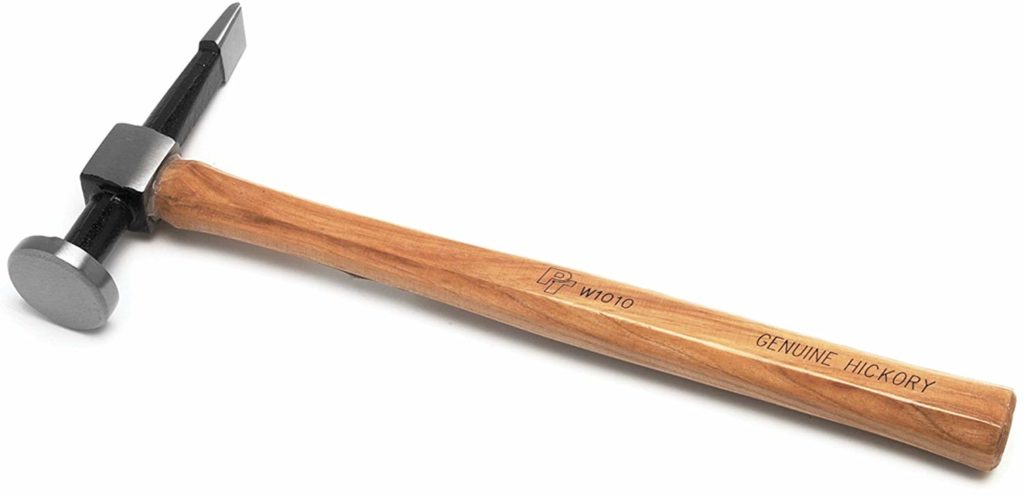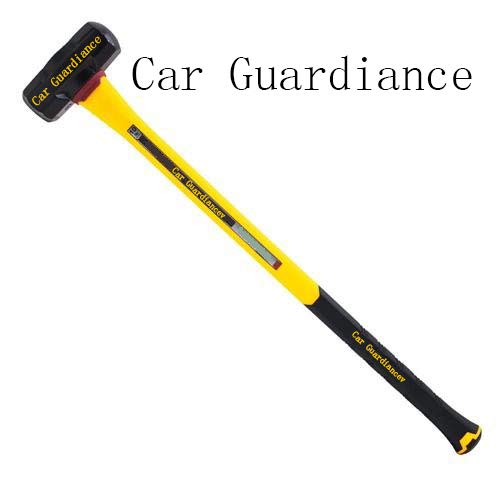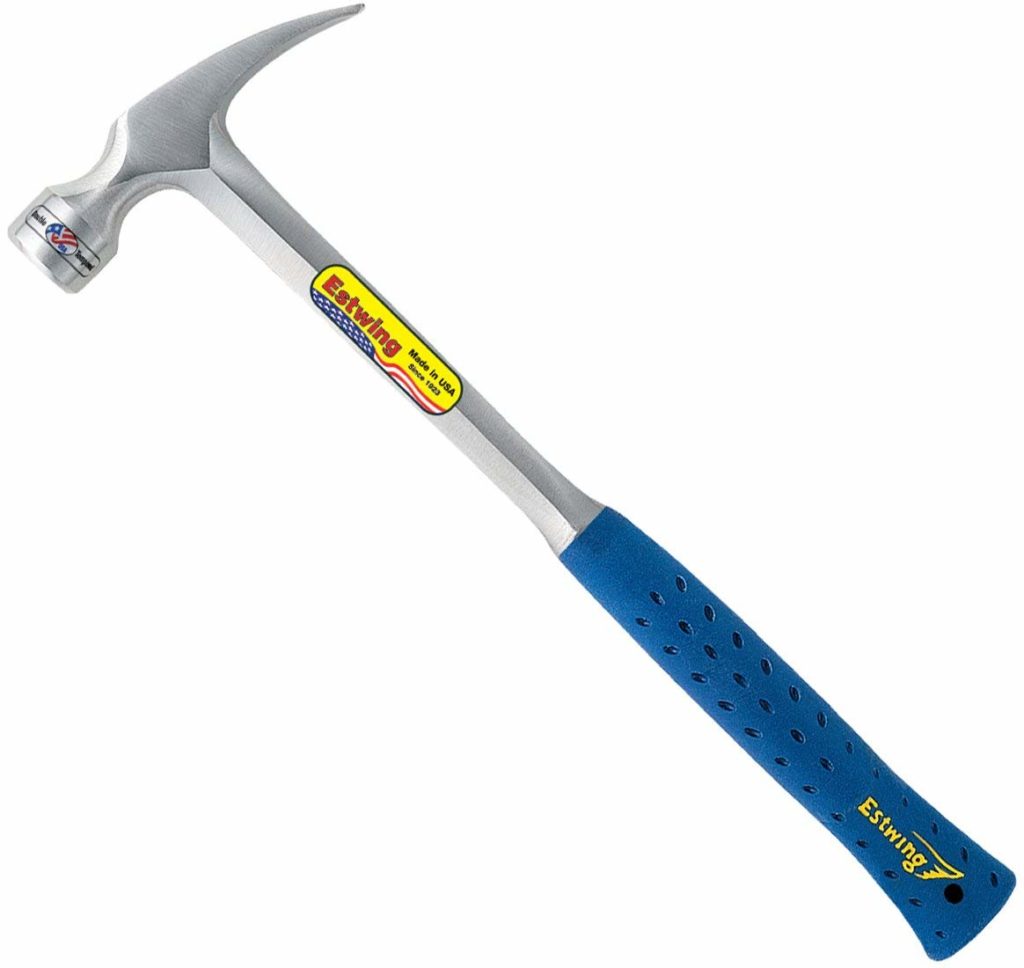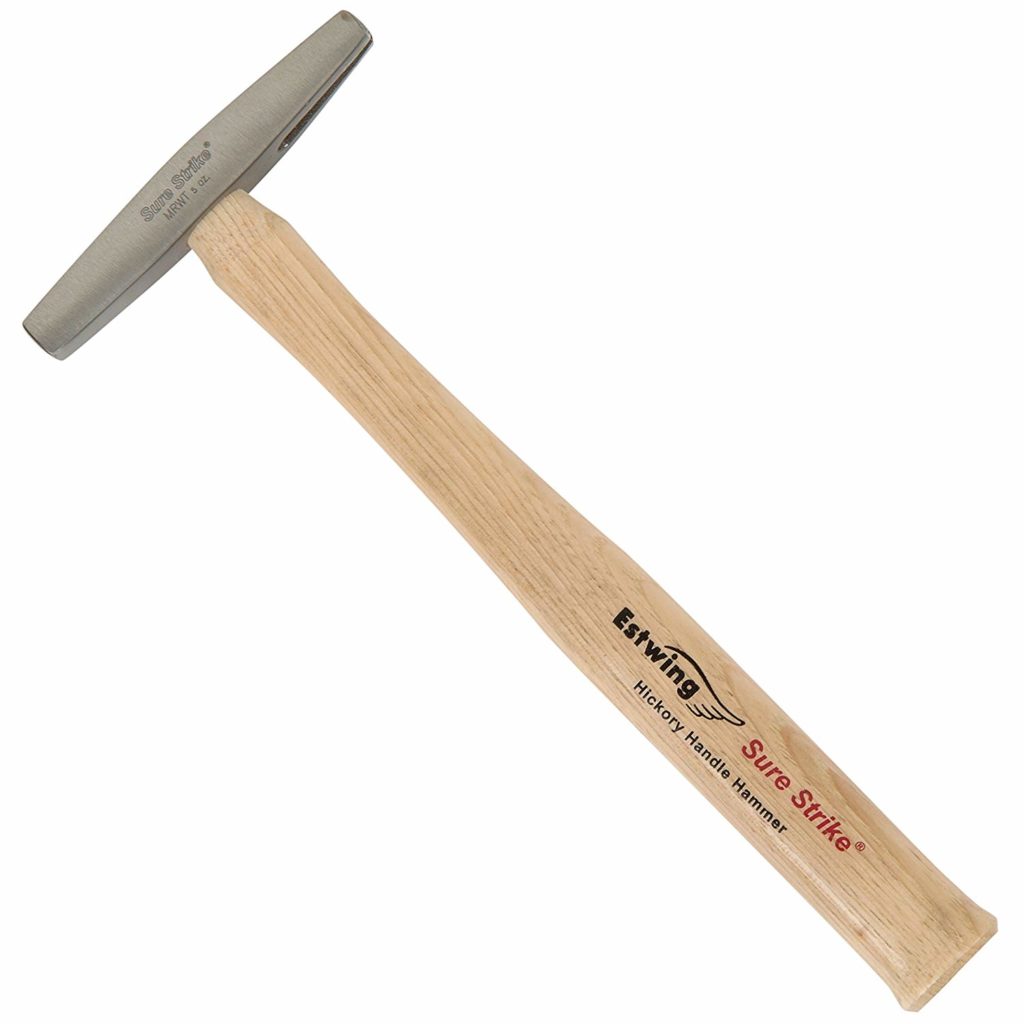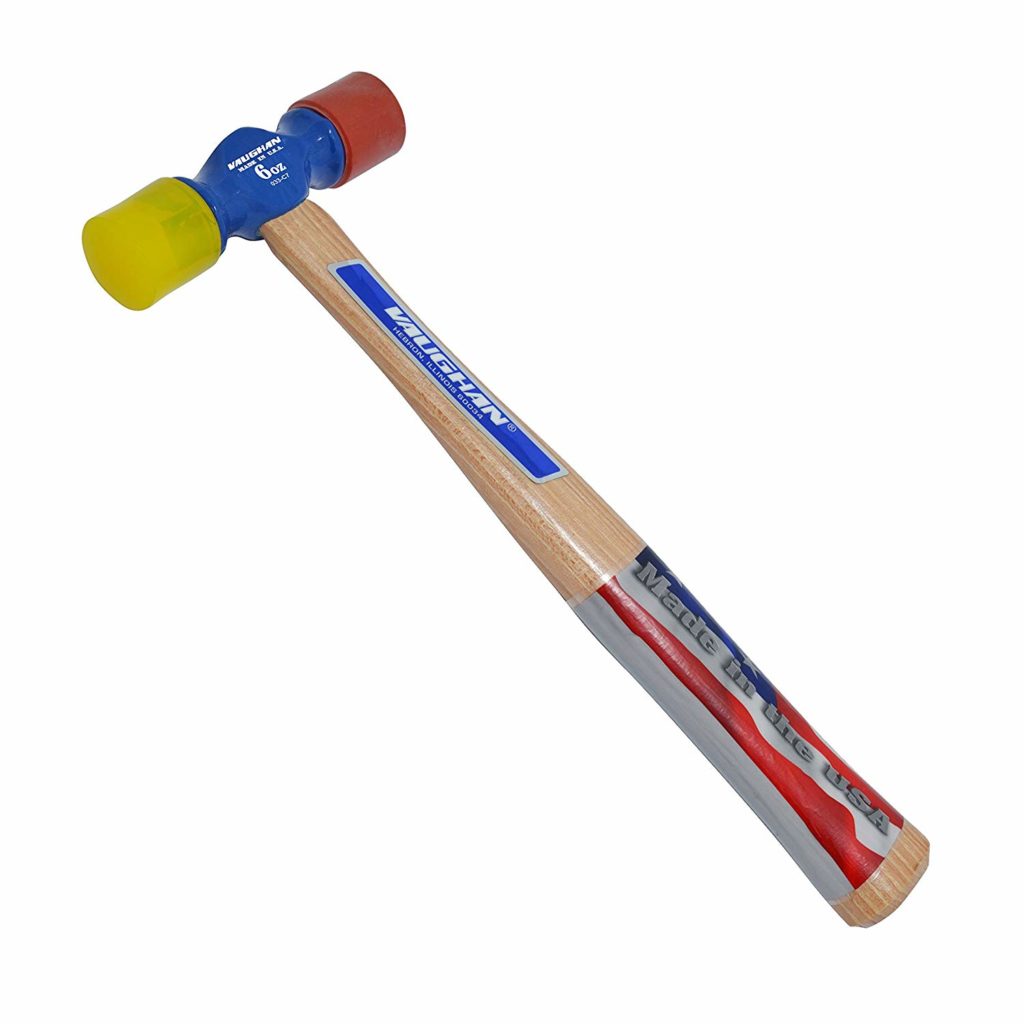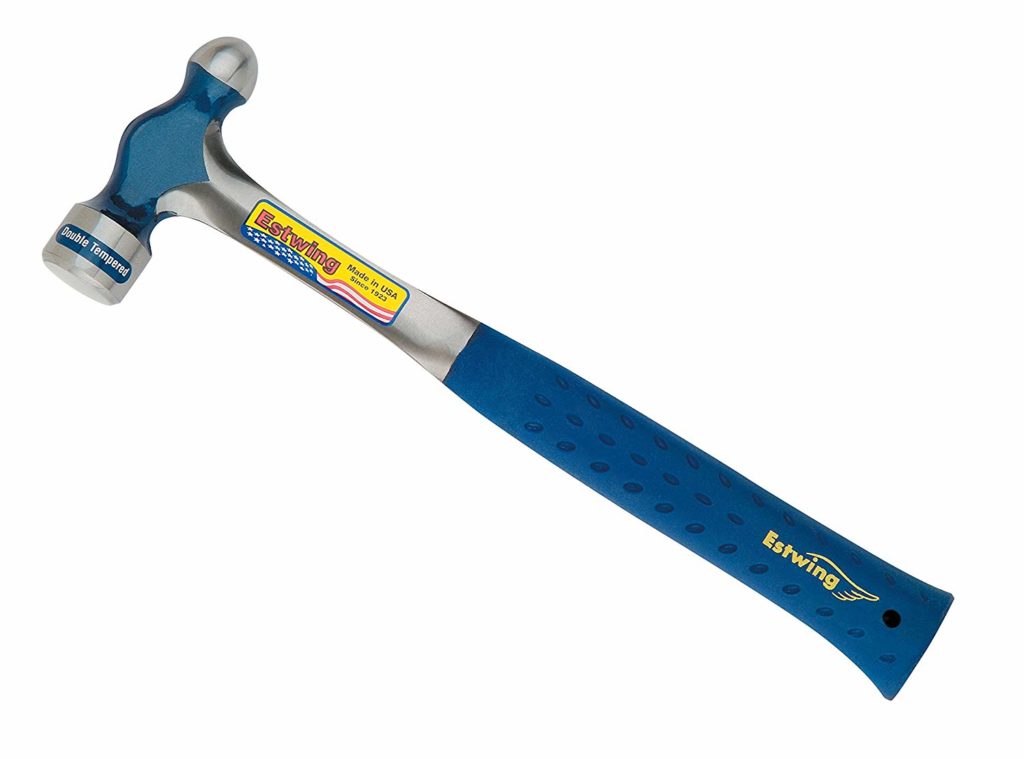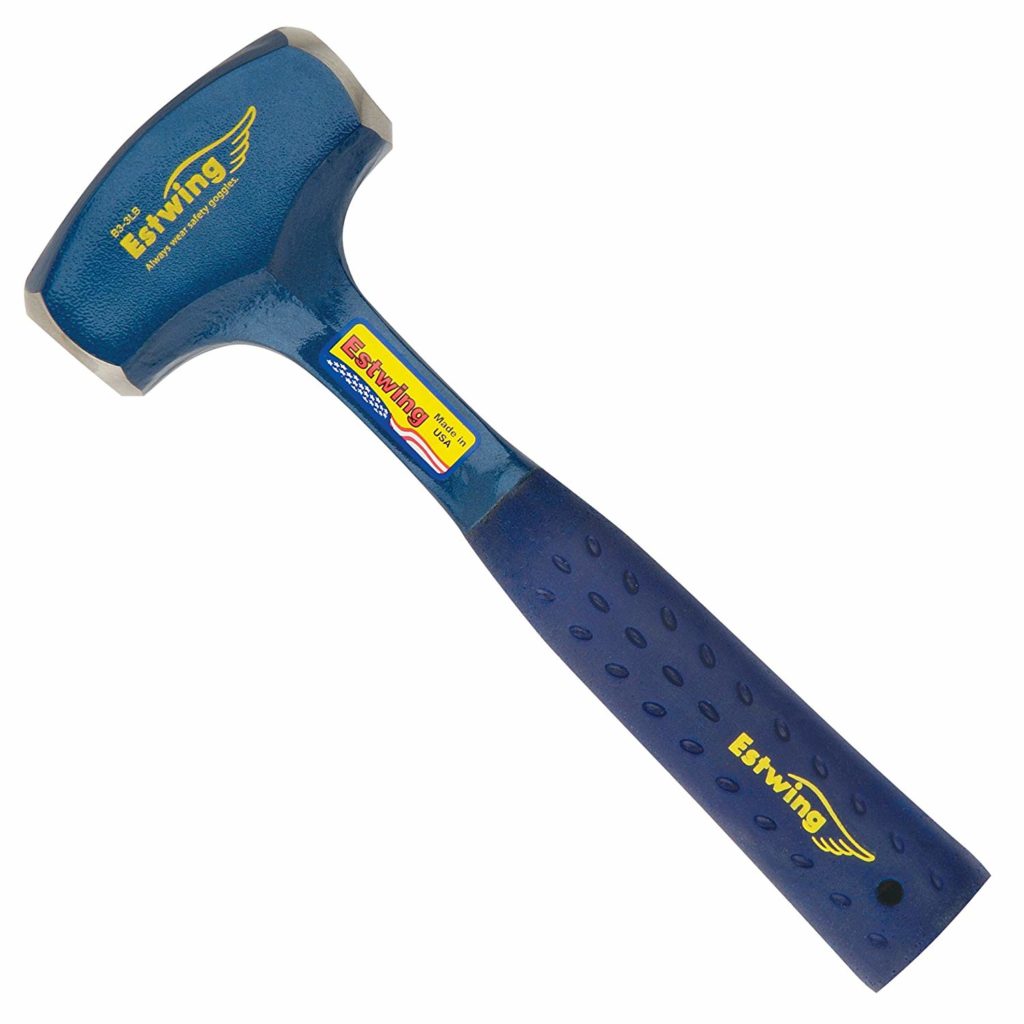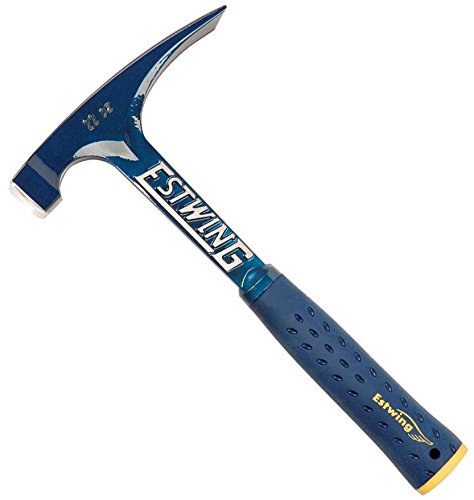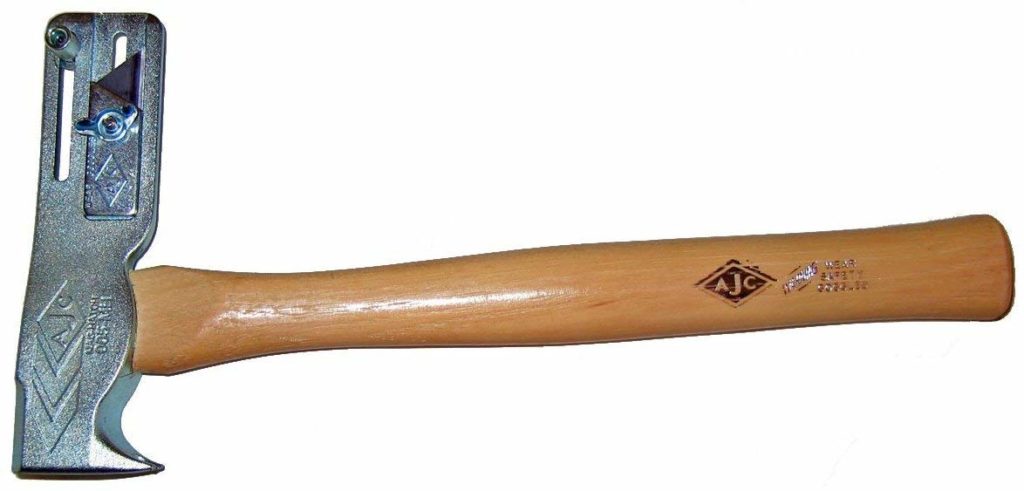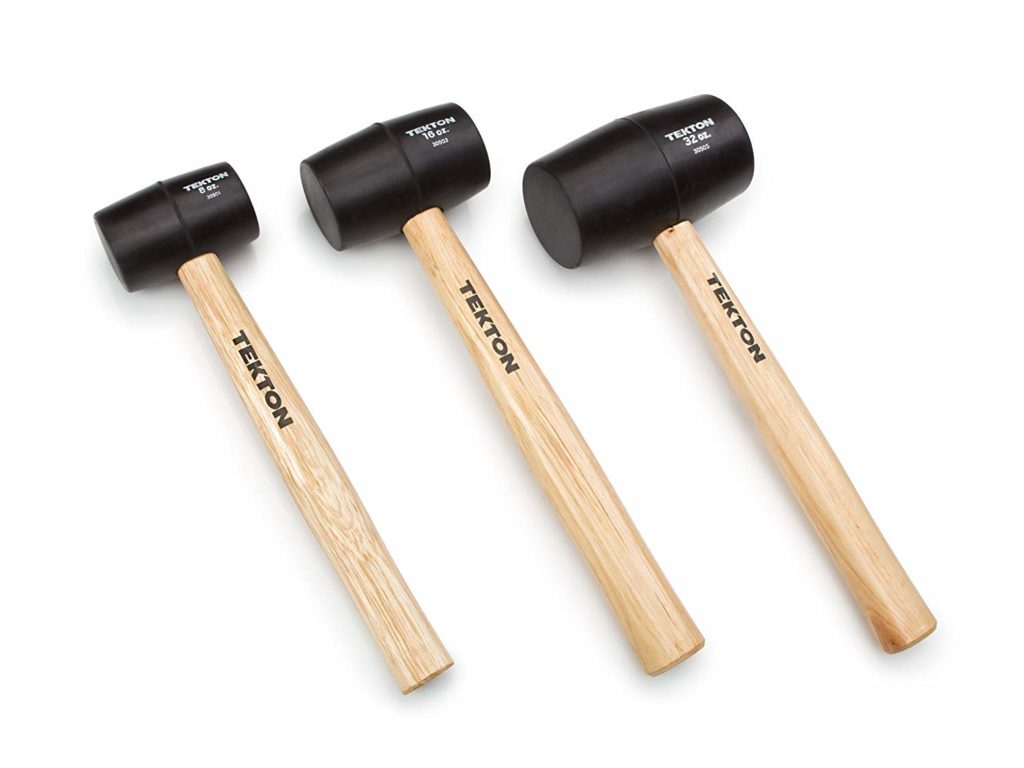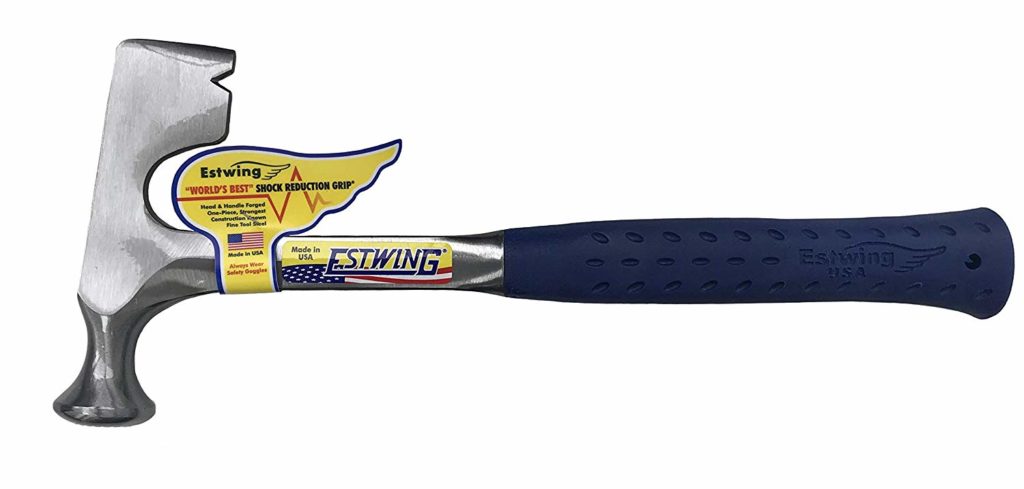Choosing the Right Hammer Makes all the Difference
No matter what building or construction project you plan on taking on, there’s probably going to be some sort of hammer involved. Hammers are useful for banging, prying, pounding in nails and so many other tasks. They’re one of the most versatile tools, but they work best when you use the proper hammer for the task at hand. That’s why it’s so important to learn the different hammer types, and how to use each one properly. Once you do that you’ll get through work more efficiently and enjoy the jobs more as well.
Finishing Hammer
Finishing hammers are designed to take on trim and other precision projects that rely on small and lightweight nails. These hammers feature smooth heads and are designed for precision handling that isn’t going to damage delicate trim materials. They generally weigh between 10 oz and 14 oz.
Sledge Hammer
Most people are familiar with the sledgehammer. It’s the massive driver with a handle that’s several feet long. These hammers are used in demolition and for pounding in steaks and other large objects into cold hard earth. They are also used on occasion in automotive work and construction when massive force is necessary. Sledgehammers require strength to wield and come in a range of sizes from a compact mini-version to a full-sized tool that’s several feet long and requires two hands to use properly.
Framing Hammer
Framing hammers are diverse tools that are equipped with a straight claw and often a waffle or milled head for improved grip and nail driving power. These hammers are usually between 18oz and 26oz in size and are designed for driving in mid-length nails and for putting together rough sections of a project that won’t be viewed in the end. They are known for marring material, and a finishing hammer should be substituted in when the surrounding surfaces must be protected.
Tack Hammer
A tack hammer, also known as an upholstery hammer is a lightweight tool with two flattened heads designed for driving tacks or tiny nails into place. It’s usually relied upon for locking upholstery into place, and it’s quite common for one side of the hammer to have a smaller tip than the other for varying levels of precision depending on tack size. These hammers are very lightweight, and easy to wield by most people. They are useful for other lightweight construction tasks, but should never be relied upon for mid to large sized nails.
Soft Face Hammer
The soft face hammer, also known as a dead blow hammer is designed for moving materials around carefully. They’re built to avoid damaging hard surfaces such as metal or hardwoods, and to reduce vibration and bounce back when doing so. They’re useful for driving metal brackets into place, and hitting other surfaces. They generally have heads made from different materials to fit different applications. Some even have removable heads so you can get just the right head for soft woods, hard woods and other varying applications without doing damage to any of them.
Ball Peen Hammer
The main purpose of a ball peen hammer is for shaping metals. It comes with a standard flat hammer head on one side and a rounded head on the other. This hammer ranges in weight and size dramatically and can be found as lightweight as 2oz to as heavy as 48oz depending on the project at hand. You can use it for driving chisels and other wood-working tools into place, and for shaping metals just the way that you want them.
Hand Drilling Hammer
The hand drilling hammer is also known as a mini-sledge hammer by many people. It usually comes in weights from 2 to 4 lbs. and has a large head with two flat sides on it. This hammer is designed for driving in large nails and for working with chisels, pry bars and other tools that need a driving force. It also works well for adding leverage to a breaker bar when loosening bolts.
Bricklayer’s Hammer
The bricklayer’s or stonemason’s hammer is a tool with a flat hammer end on one side and a long chisel shaped blade on the other. It can be used to chip the edge off of stone or to cut through brick to give it the proper shape. It’s commonly used by geologists as well in order to collect mineral samples while out in the field.
Roofing Hammer
A good roofing hammer looks like something between a hammer and a hatchet. It often comes with a flat end that has a hooked blade and many have several holes along the head as well. These hammers are designed to drive roof fasteners into place, but also work for cutting shingles, adjusting shingle exposure and for working with cedar shakes. These hammers tend to be shorter than a framing hammer and more easier to weild while on a slanted rooftop surface.
Mallet
Mallets are typically lightweight hammers with large heads of wood or rubber. Both are designed to hit chisels of varying types when forming wood. Rubber mallets are also used when forming sheet metal and when moving different materials around in tight spaces or when a bit of force is necessary. These tools are relied upon to provide force without risking damage to the surrounding materials.
Drywall Hammer
A drywall hammer is a useful tool for driving drywall nails and for cutting through drywall boards. It’s characterized by a wide flat smooth head on one side and a hooked blade on the other. The flat head drives nails and the hooked blade snags into drywall board and helps score it to the proper size.
With so many different hammers to choose from it can take time to find the right one for your specific needs. To get the most out of this highly versatile tool, make sure that you have the right type for your needs.
